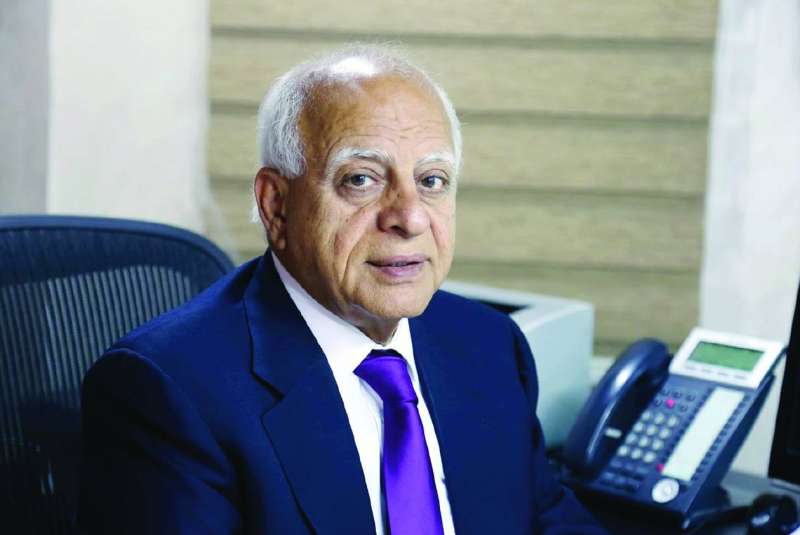03/06/2024
03/06/2024
When discussing the pivotal role of a “director general” or similar leadership figures in any political or economic administration, I often cite compelling examples such as Lee Kuan Yew in Singapore, Hamad Al-Joaan with the Public Institution for Social Security (PIFSS), and the management of Sheraton and Hilton hotels in Egypt.

Lee Kuan Yew stands as a beacon of transformative leadership, having spearheaded a political, engineering, social, and economic miracle in Singapore, effectively shaping the nation’s destiny from humble beginnings. His visionary leadership has not only inspired emulation but has also set a standard for effective governance.
Similarly, the PIFSS, under the stewardship of the late Hamad Al-Joaan, serves as a testament to the impact of individual leadership on organizational success. Al-Joaan’s remarkable efforts transformed the corporation from its nascent stages into a formidable institution, demonstrating the power of focused and determined leadership.
In contrast, Egypt’s experience with the Sheraton and Hilton hotels during the socialist era under Nasser provides a stark illustration of the influence of management on organizational performance. Despite both hotels enjoying similar advantages, including location and clientele, the Sheraton consistently thrived under the management of a Lebanese hotel specialist, while the Hilton incurred significant losses under less effective leadership.
These examples underscore the critical importance of capable and visionary leadership in driving success and prosperity within institutions and organizations. Whether it be in politics, economics, or other domains, the impact of a skilled director general cannot be overstated, as they possess the ability to catalyze growth, inspire innovation, and steer organizations towards excellence.
The conversation centers on the recent government activity concerning the completion of construction work on Mubarak Port, located on Boubiyan Island, which is not only the largest island in Kuwait but also the second largest in the Gulf region after Iran’s Qeshm Island. Covering an area equivalent to 5% of the country’s total land area (890 square kilometers), it is connected to the mainland by a bridge. Notably, 60% of Boubiyan Island is designated as protected areas.
Formed primarily by river sediments from the Shatt al-Arab and Shatt al-Basra, the island spans 42 kilometers in length and 25 kilometers in width, with a maximum surface elevation of just 4 meters. Its landscape is characterized by abundant swamp-lands, while it grapples with issues such as adverse weather conditions, natural drainage challenges, and highly saline soil -- attributed to the Gulf waters, which rank among the most saline globally. During the scorching summer months, particularly in July and August, temperatures soar, often surpassing 50 degrees Celsius. Coupled with high humidity levels, the climate becomes stifling and uncomfortable for many residents.
There have been projects proposed for 15 years to build a port in addition to an airport and a residential city, but work on them was very slow. However, action was finally made in conjunction with the intention of the new government administration to revive the project, and this coincided with an Emirati-Qatari-Iraqi-Turkish project to build a huge project. It connects the four countries through a port built on the Iraqi side of the Gulf.
The Kuwaiti Port Project consists of 3 phases: the first includes the construction of nine berths, then seven more berths, and the last eight berths, and the number can reach 60 berths. The project also includes the construction of new bridges and the establishment of a city for light industries to support the port, in addition to some government buildings.
Boubiyan overlooks Khor Abdullah, which controls navigation between the Arabian Gulf and the port of Umm Qasr, located on Khor Al-Zubair, and almost all of them complain about the lack of depth of their waters.
The conclusion we would like to reach is that a project of this magnitude, which will forever confirm our historical, internationally recognized rights over all our lands, needs someone to manage this project with high efficiency. The current minister of works enjoys great credibility and a desire to leave her mark on the ministry, and the project will be in safe hands as long as she remains in office, but what about the future?
By Ahmed Alsarraf
e-mail: [email protected]


